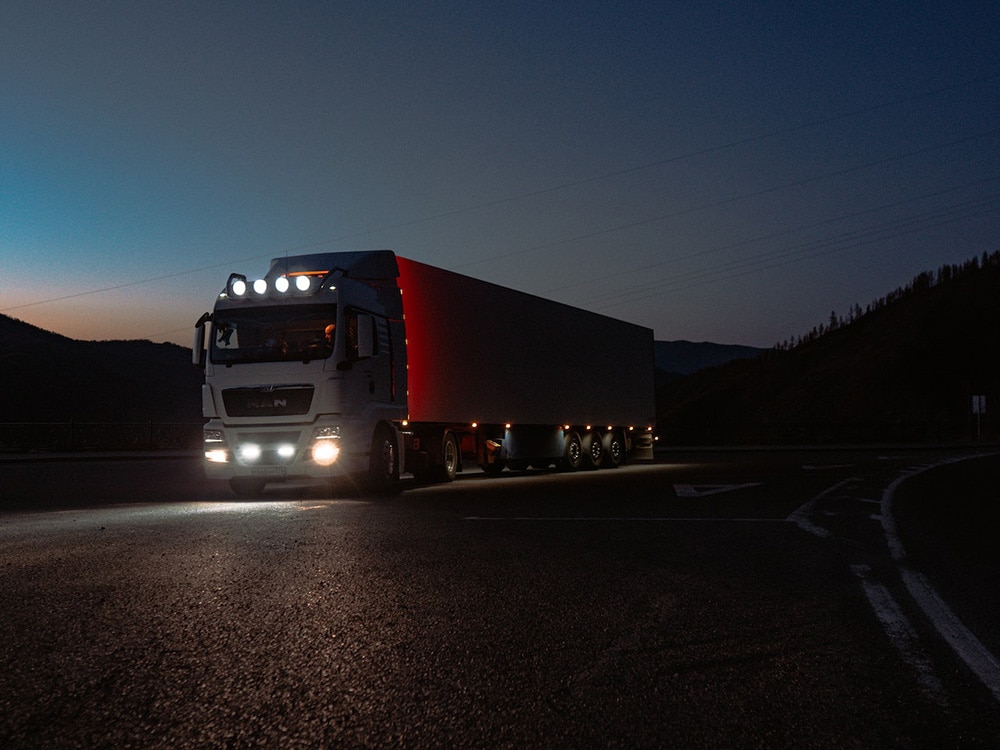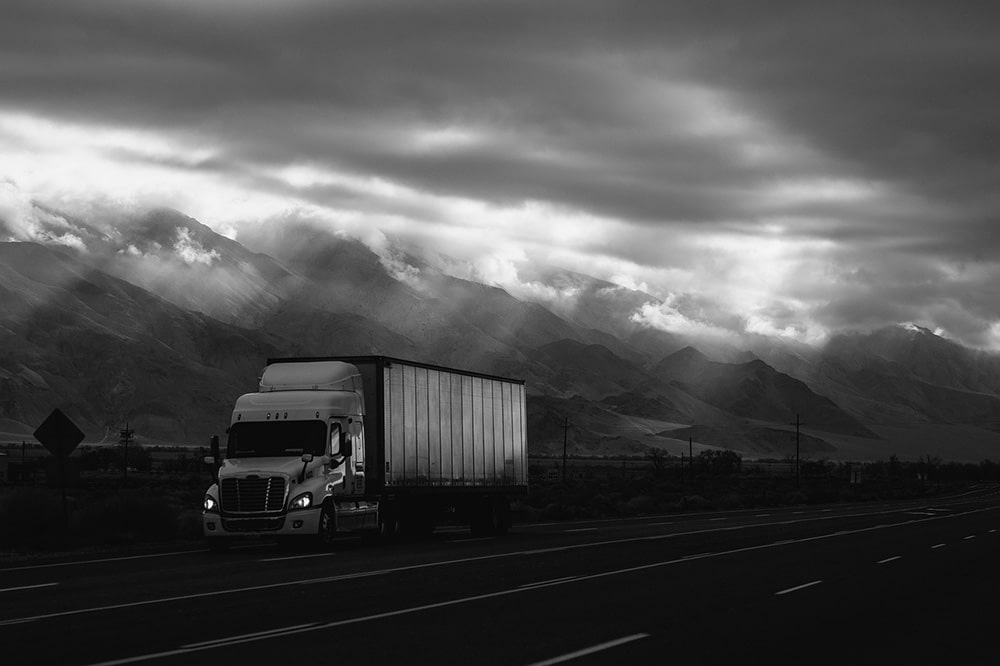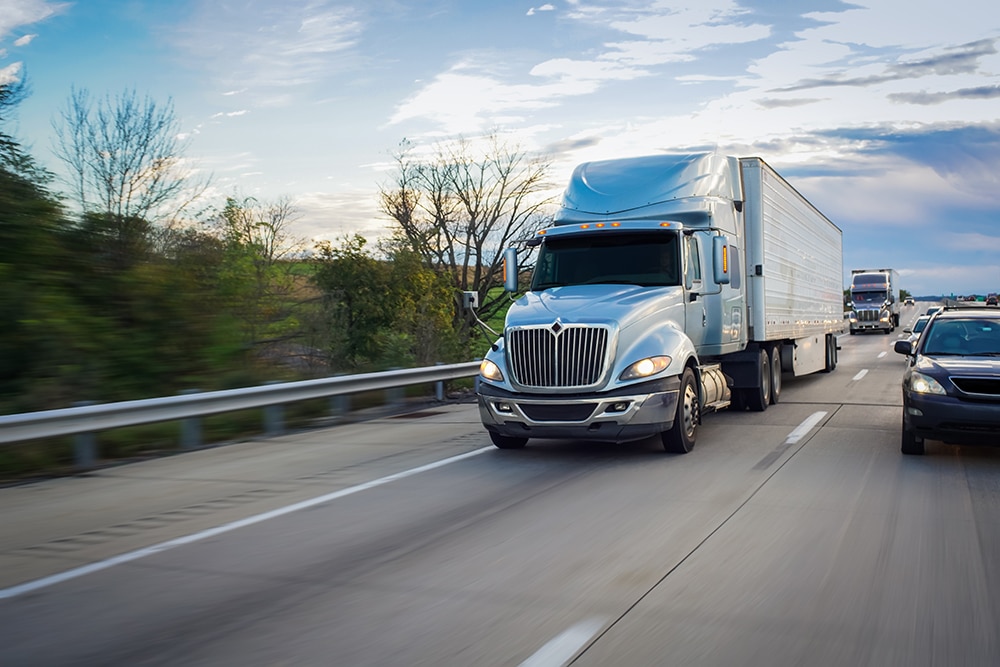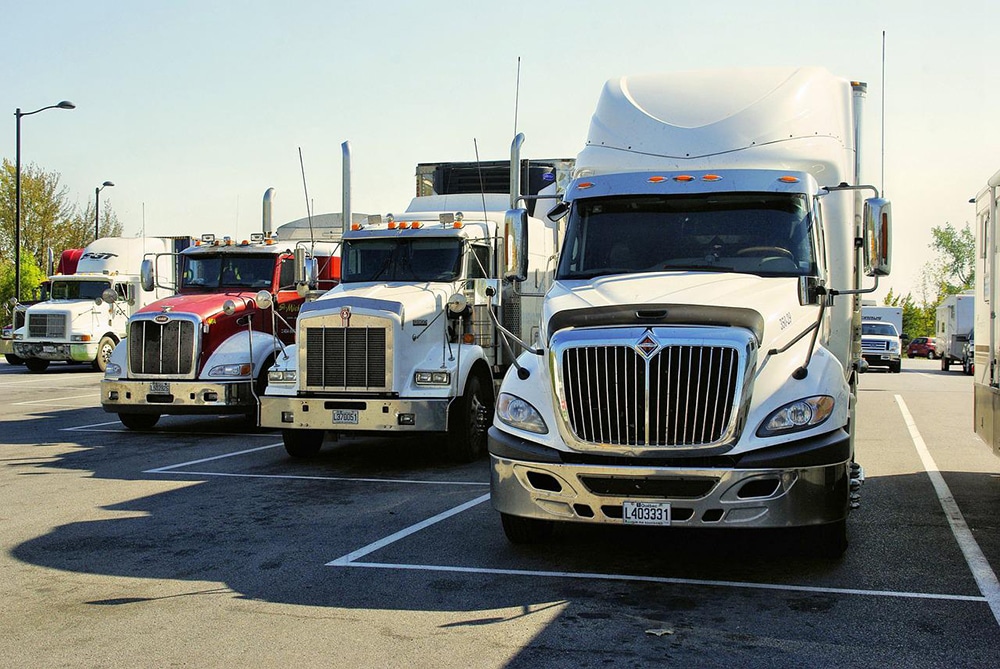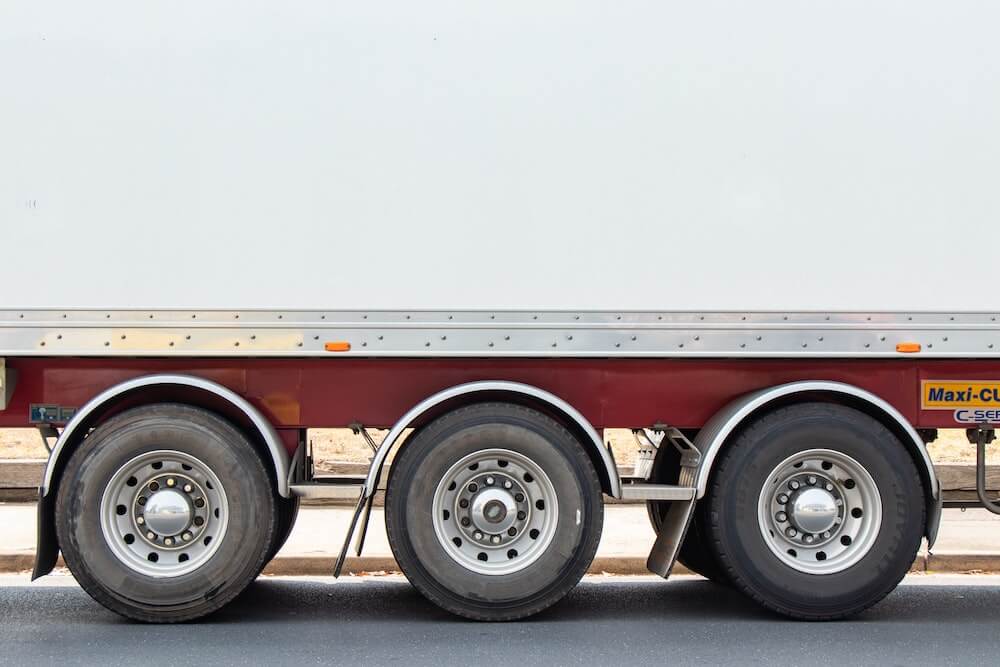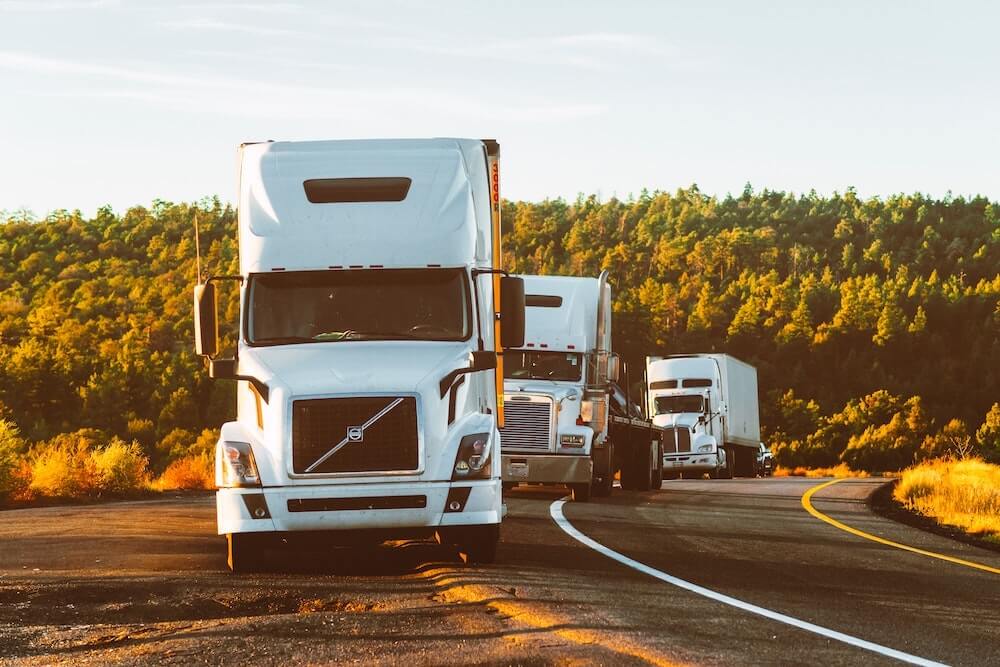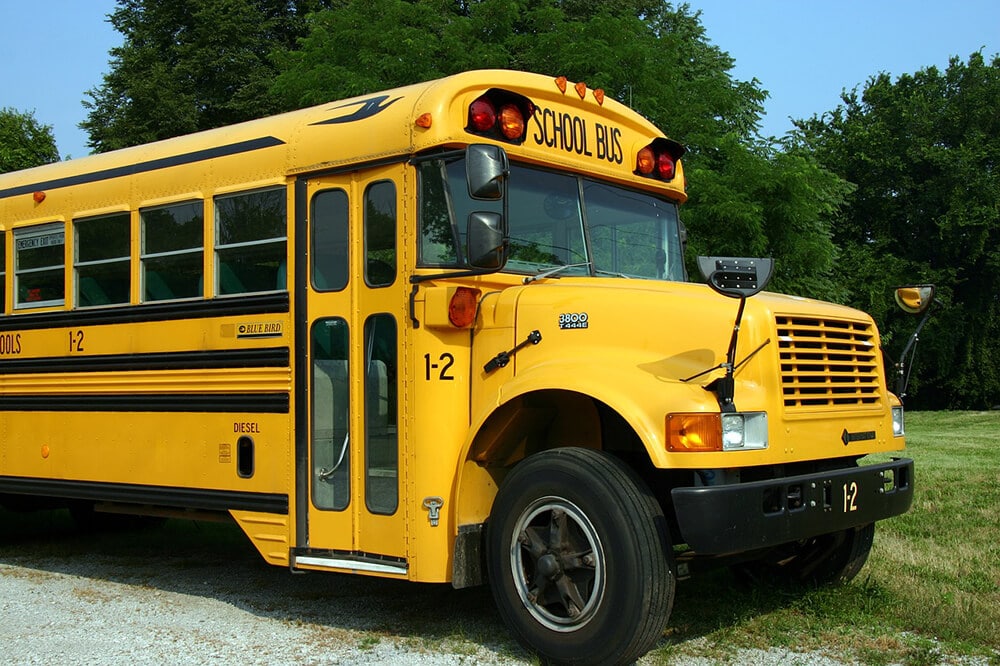What To Do After a Truck Accident in Chicago
Do you know what to do after a truck accident in Chicago? Those involved in collisions with commercial vehicles should remember to take a few important steps. These steps can keep you and other vehicle occupants safe, and can also protect your right to obtain compensation for your truck accident injuries.
If you were injured in a trucking accident in Chicago or the state of Illinois, Krzak Rundio Gorman, Injury Attorneys is on your side. Contact our office to learn more about how we may be able to help.

